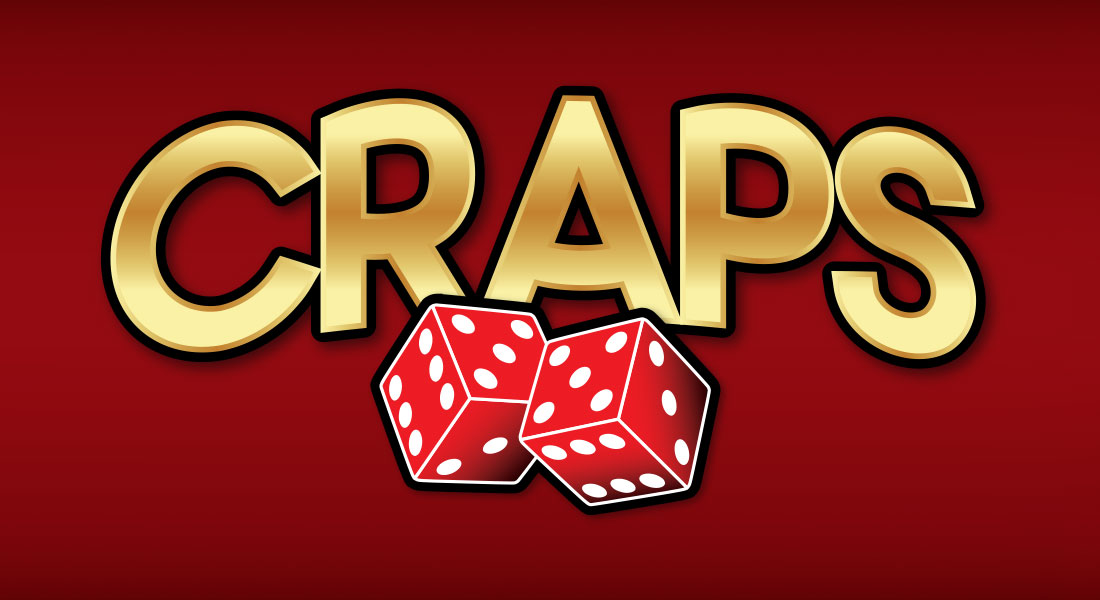The Labouchere strategy in casinos emerged in the 19th century when gamblers attempted to systematize the chaos of probabilities. At its core is mathematical logic that turns a bet into a risk management tool. The principle does not create illusions: the system does not deceive probability but manages a series of bets, reducing the pressure of variance.
The method works with games of even odds, where each event has nearly a 50% probability — like heads or tails, but in the context of roulette, craps, or baccarat.
Calculating the Labouchere strategy in a casino: sequence structure and goal
Each system is based on a clear formula. The Labouchere system in a casino uses a sequence of numbers that determines the course of the game.
The player creates a series, for example: 1–2–3–4. The entry is equal to the sum of the outer numbers — here 1 + 4 = 5 units. Upon winning, these numbers are crossed out, and upon losing, the sum is added to the end of the series.
This progression mechanism creates a dynamic capital management structure. The goal is to close all numbers and come out ahead by the sum of the sequence. With a sequence of 1–2–3–4, the total target win is 10 units.
The main difference of the method is its flexibility. Each bet depends on the previous result, making the system adaptive to changes in variance and not requiring constant geometric progression increases like the Martingale system.
How the Labouchere strategy works: structure and logic of actions
The system is based on the principle of partially recovering losses through arithmetic correction. Each new bet aims to compensate for previous failures and return to the original profit plan.
Example: Sequence 2–3–4–5 results in an initial bet of 7 units. If successful, only 3–4 remain. With the next win, the sequence is closed, and the goal is achieved. In case of loss, 7 is added to the end, forming a new sequence 2–3–4–5–7.
This approach creates a self-regulating system where the length of the series depends on the outcomes. The more frequent the losses, the longer the sequence and the higher the capital load. Therefore, it is important to set limits and calculate the variance range in advance.
Labouchere strategy in casinos: application in craps
Craps is a game with a strong element of probability control, where the casino system reveals the potential for precise calculation.
It applies the same mathematical foundation but on Pass Line and Don’t Pass bets, ensuring even odds.
The player forms a series, for example: 1–1–2–3–5. The entry is the sum of the outer numbers, 6 units. Upon winning, the numbers are crossed out, and upon losing, 6 is added to the series. The system adjusts the dynamics of bets based on outcomes, keeping the bankroll under control.
Over the long run, the method smooths fluctuations, reducing the impact of short losing streaks. However, there remains a risk of long unfavorable stretches — the variance in craps remains high, and only clear limits prevent a loss of balance.
Labouchere strategy in casinos: application in roulette and other games
The Labouchere strategy in roulette is used with even odds — red/black, even/odd, 1–18/19–36. For example: sequence 1–2–3. Bet 4. Upon winning, 1 and 3 are crossed out. Upon losing, the sum of 4 is added to the end.
European roulette (37 numbers) offers a real winning probability of 48.65%. The French version reduces risk through the La Partage rule, returning half on a zero outcome.
In baccarat, the system is less commonly applied, but the principle is the same. It is important to choose games with low volatility and a fixed payout ratio of 1:1, where even odds maintain progression stability.
Labouchere strategy: pros and cons
The method demonstrates a dual nature: combining mathematical precision with high risk when rules are not followed. Skillful application allows it to be used as a tool for stable capital management without excessive pressure on the bankroll.
Advantages:
- controlled bet growth without exponential doubling;
- logical structure, providing a clear view of the goal and progress;
- psychological stress reduction in losses — the method creates a sense of control;
- ability to adjust the sequence to the current bankroll.
Disadvantages:
- dependence on a series of successful outcomes;
- risk of exceeding the limit in a long negative streak;
- lack of guarantee of achieving the goal with limited capital;
- increasing the length of the sequence with frequent losses, putting a strain on the bankroll.
The effectiveness of the method depends on discipline and accurate calculations. A systematic approach compensates for volatility but requires clear capital and limit control.
Practical calculation: template and bankroll management
Practical calculation forms the basis of the financial system and helps assess the limits of cycle stability. Such analysis identifies the optimal capital load and ensures control during the game.
Example for an initial capital of 500 units:
- basic sequence: 1–2–3–4–5;
- start: 6 units (1 + 5);
- target win: 15 units;
- maximum progression depth after three consecutive losses — 21 units.
Such calculation allows setting a template, controlling the load, and adjusting the method to the size of the bankroll. A clear understanding of variance reduces the risk of complete depletion.
Control of Labouchere strategy parameters
A single list records key parameters that determine the stability of the mathematical model. Each item sets the direction for managing bets and forms the internal logic of the method.
Parameters defining the method’s effectiveness:
- Sequence of numbers — the basis for profit calculation and goal setting.
- Outer elements — the sum of outer numbers forms the current bet.
- Progression — dynamics of series changes based on outcomes.
- Bankroll — total capital limiting maximum risk.
- Variance — statistical indicator of result dispersion.
- Goal — total profit after closing the series.
- Template — individually developed structure adapted to a specific game.
Coordinated management of these elements creates a balanced method with predictable betting behavior. Proper parameter settings enhance risk control and make the method a tool for precise calculation rather than chance.
Conclusion
The Labouchere strategy in casinos remains a tool of discipline rather than a guarantee of profit. The system teaches how to manage numerical sequences, limit impulses, and see calculation rather than chance in a bet. The mathematical structure transforms the game into an orderly process where the goal and sequence replace randomness with intuition.
 en
en  de
de  ar
ar  es
es  hi
hi  fr
fr  nl
nl  ru
ru  it
it  pt
pt  el
el 










